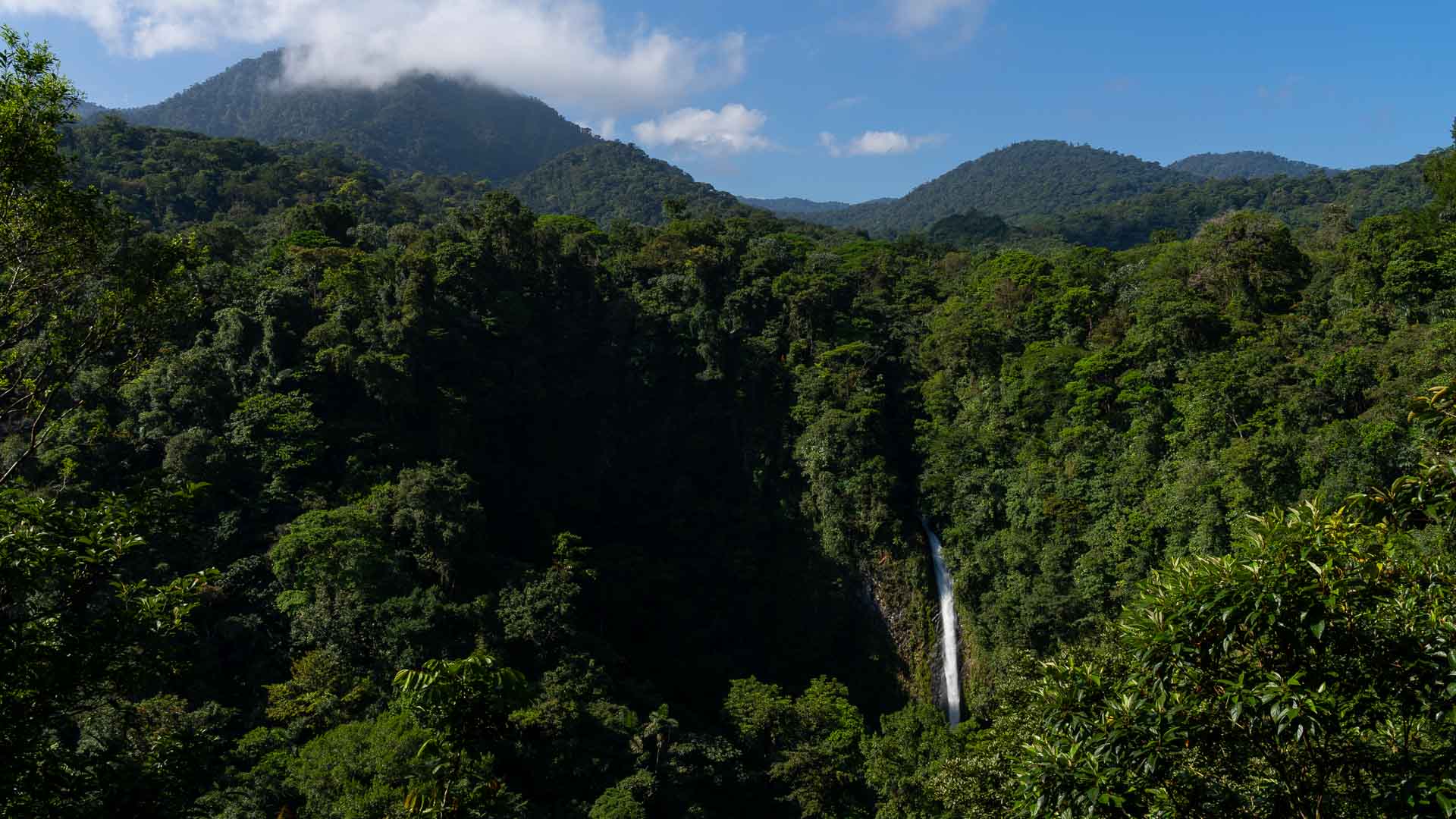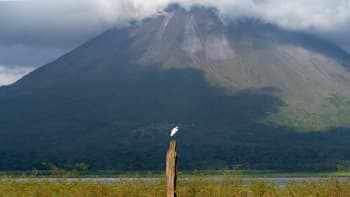Enchanting destinations in Costa Rica for nature lovers
From cascading, crystal blue waterfalls to emerald green volcanoes, Costa Rica is a fairy-tale land for outdoor enthusiasts. Discover a hot take on its unmissable locations.
By Alan Palazon
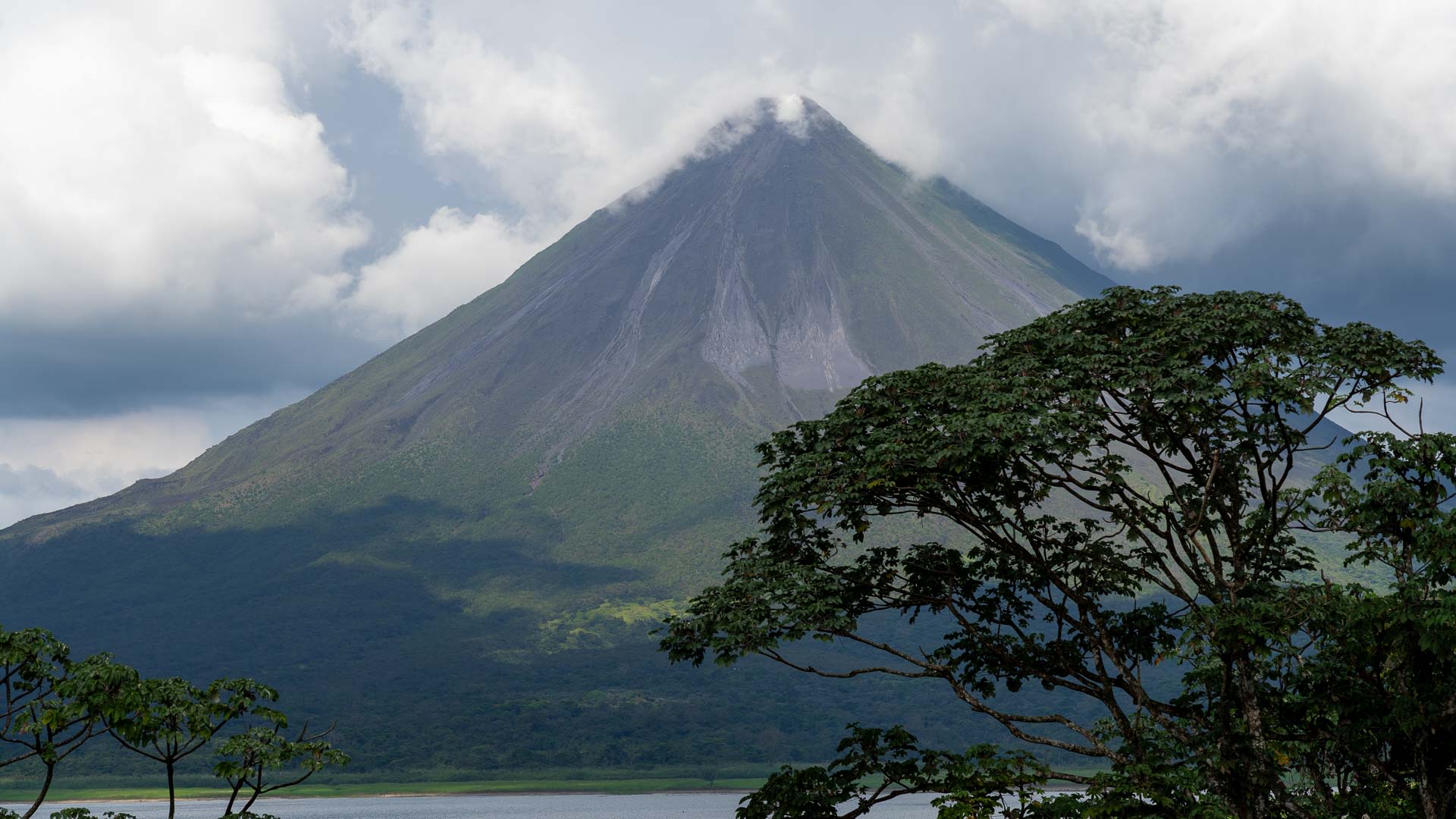
The name Costa Rica, or Rich Coast, hints at what’s in store for travellers in this Central American paradise. But what they don’t tell you is that the country is blessed with breathtaking destinations throughout, not just on the coastlines.
While each and every one of these lays fair claim to your time and money, there are a select few you simply cannot miss. Read on to discover which places and for photography that’ll have you wanderlusting to visit them.
Drake Bay
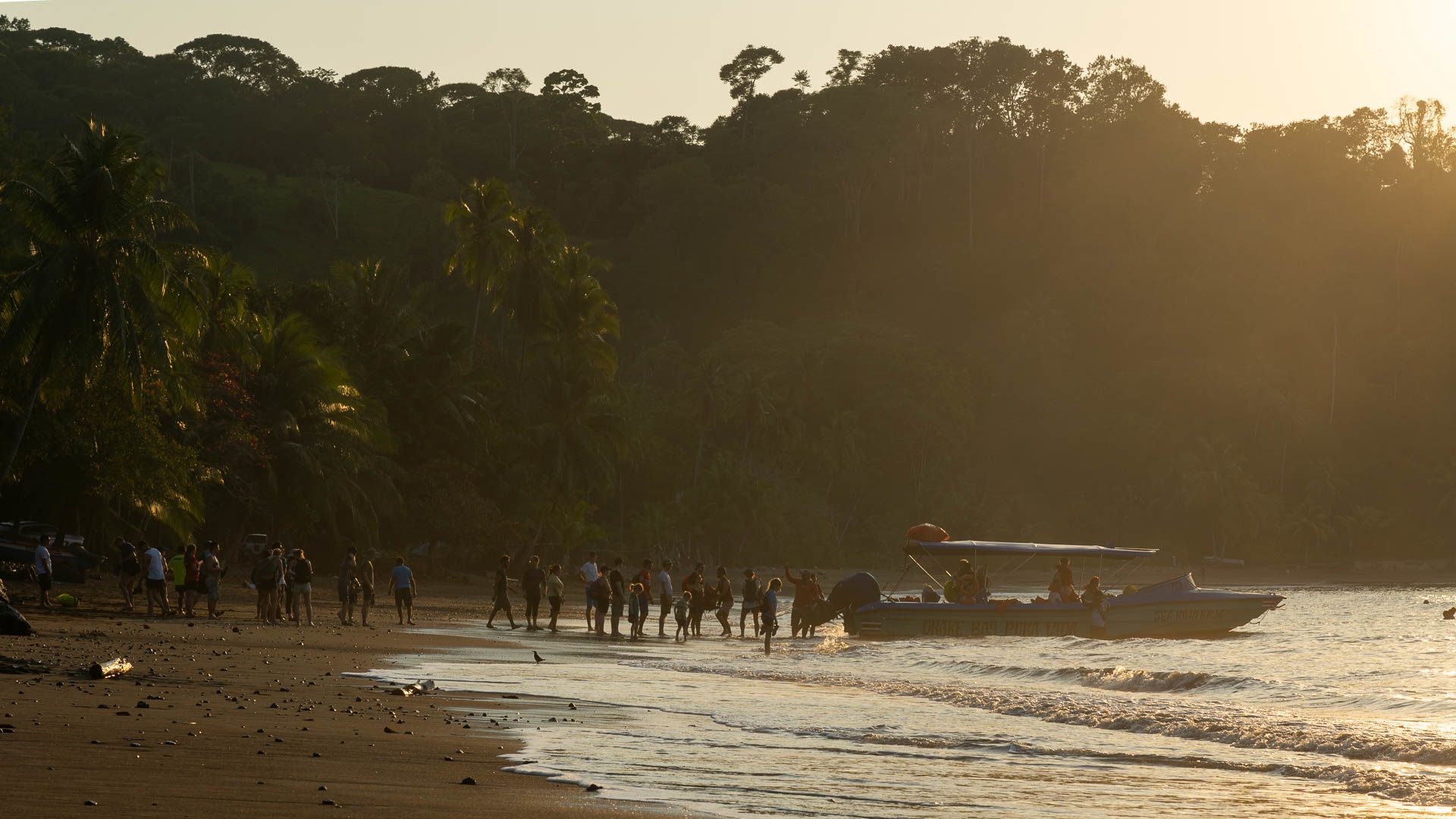
Sunrise at Drake Bay.
Sunrise at Drake Bay.
A tapir rests in a muddy puddle in Corcovado National Park.
A tapir rests in a muddy puddle in Corcovado National Park.
A capuchin monkey on the Drake Bay Trail.
A capuchin monkey on the Drake Bay Trail.
A mangrove black hawk at Corcovado National Park.
A mangrove black hawk at Corcovado National Park.
A howler monkey in Corcovado National Park.
A howler monkey in Corcovado National Park.
Rumoured to have once been a port used by famous English explorer Sir Francs Drake, the beautiful cove is nestled into the jungle coastline of the Osa Peninsula. The peninsula juts out from the mainland like a small foot stabilising it in the Pacific Ocean.
Playa San Josecito.
Playa San Josecito.
Your adventure begins even before you arrive. The journey to Drake Bay includes a speed boat ride through mangroves and crocodile infested waters. There are also perilous rocks rising from the deep that captains must navigate.
Upon arrival you’re greeted by the very definition of serenity—tranquil golden sands lined with coconut palm trees. Disembark the speedboat into the warm surf to make your way to your accommodation.
While spending days at the beach absorbing the paradisiac atmosphere is one possibility, there are other activities on offer too.
An official walking trail mirrors the coastline allowing you to explore nearby beaches on foot. The pick of these is Playa San Josecito. It’s a 10 km walk to this beach, but the uncrowded, virgin shores make it worthwhile. Just remember your sunscreen and plenty of water.
Corcovado National Park is a short boat ride away and a perfect day tour for spotting wildlife. With the help of an expert guide, you can track animals including tapirs, howler monkeys and jaguars. Tours start at around $100 US per person and your money goes towards conservation efforts and guide fees.
La Fortuna de
San Carlos
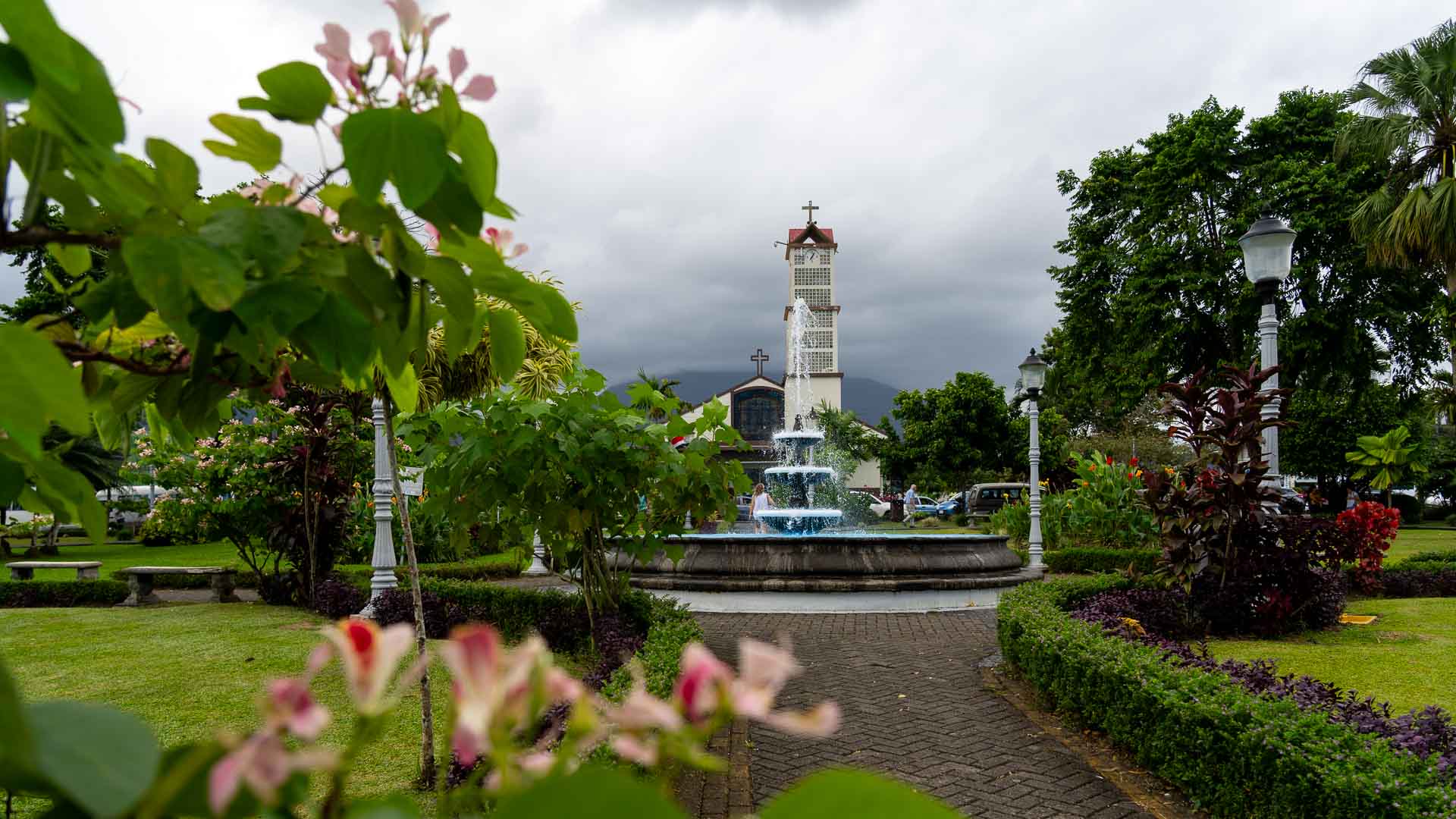
Some say that beaches and volcanoes are Costa Rica’s best assets. While Drake Bay boasts the former, La Fortuna is king of the latter. The small but bustling town sits just beyond the reaches of Arenal National Park, roughly four hours north of the capital city, San Jose.
La Fortuna is an excellent base for hiking the volcano trails of the national park. There are five different entry points, each with numerous hikes of varying difficulty. If you fancy a tame stroll to a magnificent viewpoint of Volcán Arenal, then explore the Arenal Main Visitor Centre section. But if you want more of a challenge, take on the Lava Trail. The rugged underfoot was created by lava flows when Volcán Arenal last erupted in 1968.
Arenal Volcano.
Arenal Volcano.
What about water activities too? La Catarata Fortuna, or Fortuna Waterfall, has to be the crown jewel of the area. A turquoise torrent crashes from 75 m into an idyllic pool below. What’s better is that you can take a refreshing dip in the water.
Foreigners pay a $15 US fee at each entry point to Arenal National Park and La Catarata La Fortuna.
La Fortuna Waterfall.
La Fortuna Waterfall.
Located just off the road to Catarata La Fortuna is El Salto, or the Rope Swing. There’s nothing awe-inspiringly beautiful about El Salto, but it is a hell of a lot of fun. Using a thick rope tied to a tree, you swing from a ledge overlooking the Río Fortuna, dropping five or so metres into the cool river. On a hot day the river banks are crowded with people. It’s a fun social gathering and, if you’re lucky, a skilled local will put on an acrobatic display.
A vulture soars the skies above La Fortuna.
A vulture soars the skies above La Fortuna.
A vulture soars the skies above La Fortuna.
A vulture soars the skies above La Fortuna.
The impressive La Fortuna Waterfall.
The impressive La Fortuna Waterfall.
Kyle, a US tourist, swings from El Salto.
Kyle, a US tourist, swings from El Salto.
A local shows off a backflip to the crowd.
A local shows off a backflip to the crowd.
Did you know that Costa Rica has a rich Caribbean heritage? Meet Rolando—or Pino, as his friends call him—a fisherman in Puerto Viejo de Talamanca.
Did you know that Costa Rica has a rich Caribbean heritage? Meet Rolando—or Pino, as his friends call him—a fisherman in Puerto Viejo de Talamanca.
Cerro
Chirripó
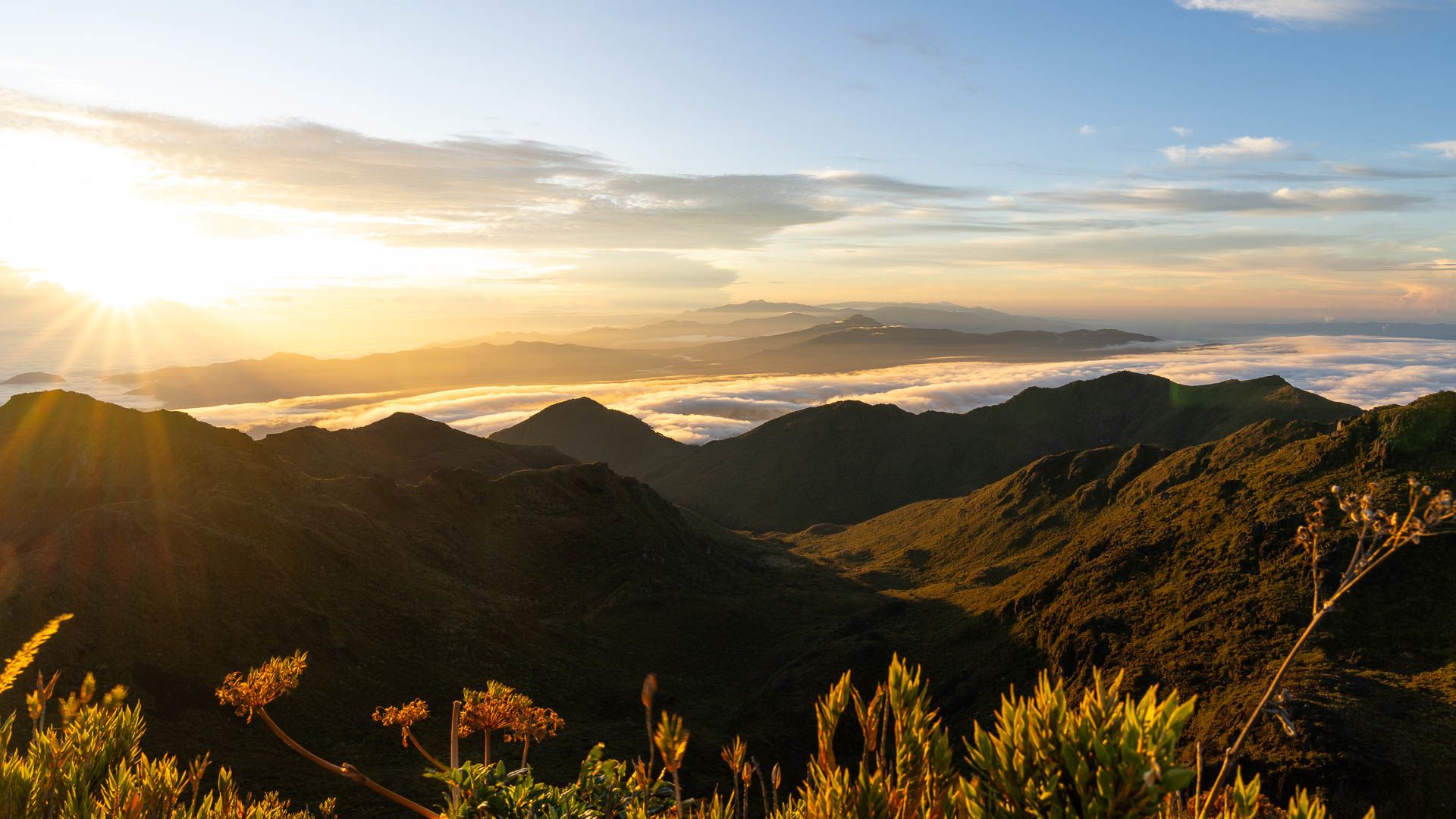
Stargaze at Cerro Chirripó summit before the sun rises.
Stargaze at Cerro Chirripó summit before the sun rises.
Sunrise views from Chirripó summit.
Sunrise views from Chirripó summit.
Saving the top pick till last, Cerro Chirripó, or the mountain of the land of eternal water, is the highest point in Costa Rica, standing tall at 3,821 m. If you decide to tackle this beast, be prepared to have your mind blown by mother nature at her most splendid.
You start and finish the challenging 40 km trail at the sleepy mountain hamlet of San Gerardo de Rivas, roughly four hours south of San Jose. Most hikers take two days to complete the trek, spending a night at Crestones Basecamp close to the summit.
Cerro Chirripó trail takes you through enchanting forest.
Cerro Chirripó trail takes you through enchanting forest.
You’ll do most of the leg work on day one ascending 14 km to Crestones. The terrain is a mixture of muddy underfoot, maintained trail and stony steps under the shade of thick green forest. Peer through the trees for blissful views of the valley ahead. In certain parts the trail becomes steep. But as they say, when the going gets tough, the tough get going.
Day two starts at the crack of dawn to make the final five km push to the summit for sunrise. If the skies are clear, you’ll marvel at what’s to come. As the light pollution from Crestones Basecamp fades away, the Milky Way becomes visible. It’s a special sight that you’ll cherish.
The Milky Way lights up the night sky on the way to the summit.
The Milky Way lights up the night sky on the way to the summit.
The cherry on top is the sunrise from the summit. Golden light illuminates the surrounding peaks and seas of clouds swirl in the valleys below. You’ll pinch yourself just to be sure you’re not dreaming.
Hiking Cerro Chirripó requires planning. You need to pay entrance fees to the park and reserve a bed at Crestones Basecamp in advance via SINAC. All in, the hike costs around $150, but experiences like these are priceless.
The best time to visit Costa Rica
To truly make the most Costa Rica's insane nature, you’ll want to visit during the dry season. The climate typically follows a two-season pattern. The rainy season runs from May–November and the dry season from December–April.
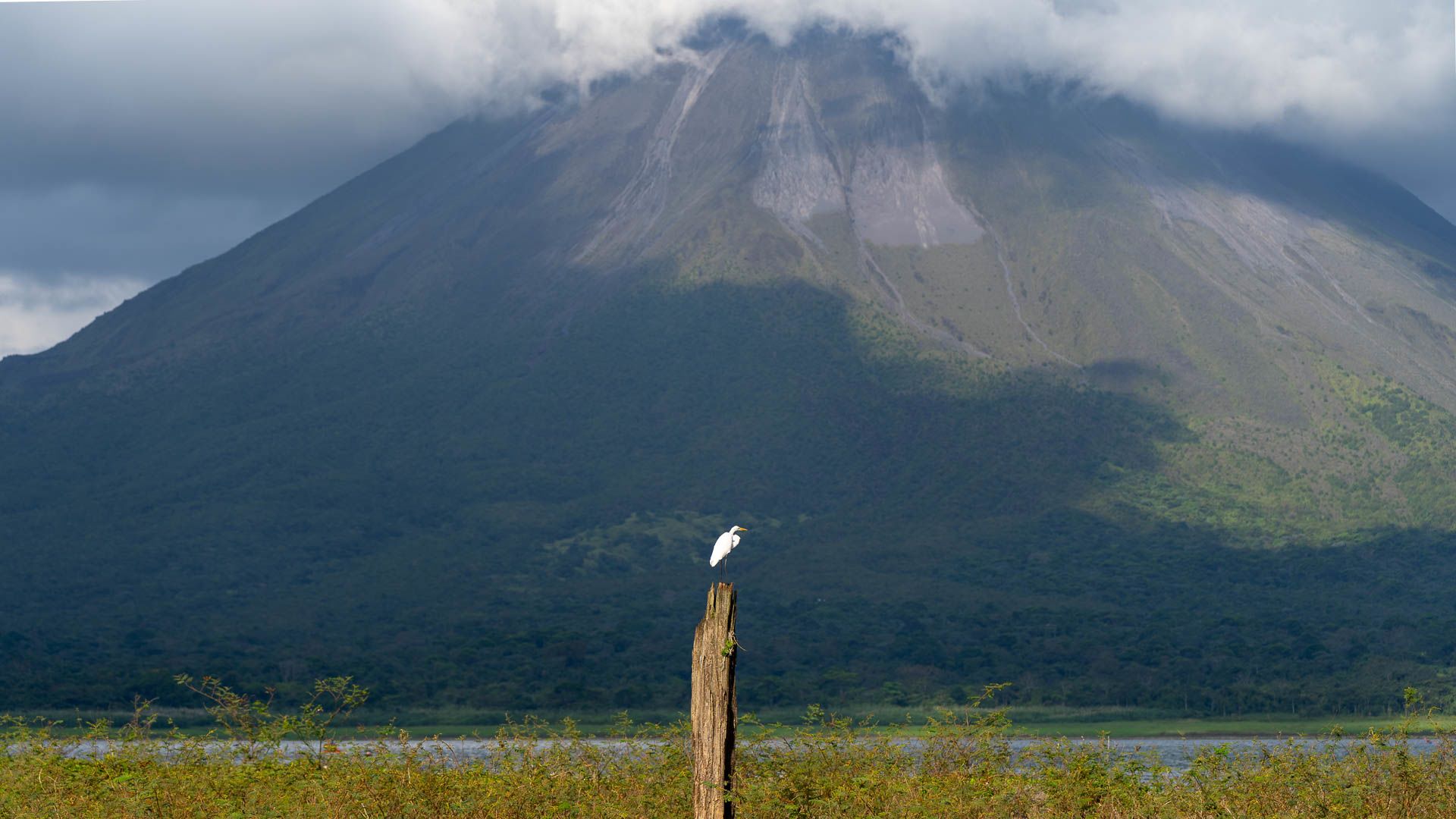
Other excellent
destinations in Costa Rica
For more ideas to bolster your Costa Rica itinerary, read local adventure guide Eric Wiessel’s top pics and National Geographic’s guide to the ultimate Costa Rican adventure.
